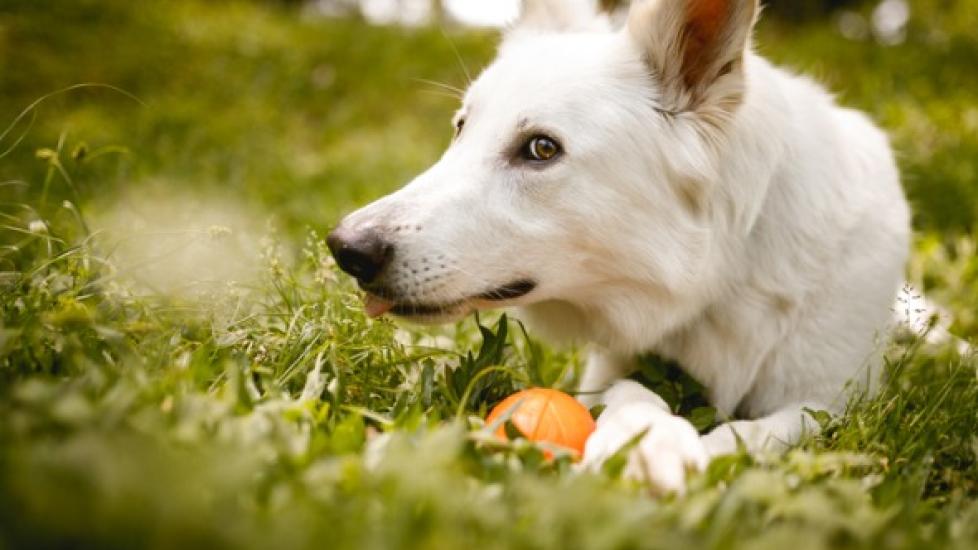Living with a furry companion can be one of life’s greatest joys, but it comes with its fair share of responsibilities. One common challenge pet owners face is dealing with fleas—those pesky parasites that not only irritate your dog physically but also cause discomfort through their allergic reactions. If you suspect your beloved pooch has developed an allergy to these tiny hitchhikers, it’s crucial to understand the condition and take steps to alleviate your pup’s suffering. In this article, we delve into the world of canine flea allergies, offering practical advice on how to recognize symptoms, manage flare-ups, and maintain a healthy environment for both you and your four-legged friend.
Flea Allergies in Dogs: Understanding the Basics
Dogs are no strangers to fleas; after all, they have been coexisting since time immemorial. However, some dogs develop hypersensitivity to flea saliva, which leads to an overactive immune response known as flea allergy dermatitis (FAD). This condition manifests itself through intense itching, redness, hair loss, and even secondary infections due to excessive scratching. It’s important to note that while any breed can suffer from FAD, certain breeds like Labrador Retrievers, Golden retrievers, Bichon Frises, and Dachshunds seem particularly predisposed to developing this allergy.
Recognizing Symptoms of Canine Flea Allergy
The telltale signs of flea allergy in dogs often include:
- Intense Itchiness: Your dog may scratch or bite at their skin obsessively, especially around the base of the tail, groin area, and legs.
- Reduced Quality of Life: The constant irritation caused by FAD can lead to lethargy, decreased appetite, and behavioral changes such as aggression or anxiety.
- Skin Lesions: Scratching can result in raw, infected wounds that ooze pus or blood.
- Hair Loss: Persistent scratching can pull out large amounts of hair, leading to bald patches.
- Secondary Infection: Open sores provide entry points for bacteria and other pathogens, potentially causing additional health issues.
Managing Flea Allergies: A Multi-Pronged Approach
Treating flea allergies requires diligence and a comprehensive strategy involving prevention, treatment, and environmental control measures:
Prevention: Regularly apply veterinarian-recommended flea preventatives to your dog’s coat according to instructions. These products can kill adult fleas before they lay eggs and help reduce the overall population in your home.
Medical Treatment: Work closely with your vet to find the most effective treatments for your dog’s specific needs. Options might include corticosteroids to reduce inflammation, antibiotics if there is a bacterial infection present, or antihistamines to combat itchiness.
Environmental Control: Thoroughly vacuum carpets, upholstery, and bedding regularly to eliminate flea eggs and larvae. Wash your dog’s bedding weekly in hot water and consider using a steam cleaner to disinfect floors and furniture.
Oral Medications: There are several oral medications available that can target flea populations in your home and on your dog, providing long-term relief from infestations.
Holistic Remedies: Some pet owners opt for natural remedies such as essential oils or herbal supplements to support their pets’ immune systems and soothe irritated skin. Always consult with your veterinarian before introducing new substances to ensure they won’t exacerbate existing conditions.
Conclusion
A dog’s flea allergy isn’t just an annoyance; it’s a serious issue affecting your pet’s well-being. By recognizing the symptoms early and taking proactive steps towards management, you can significantly improve your dog’s quality of life. Remember, every dog is unique, and what works for one may not work for another. Stay vigilant about checking for fleas, keep up with regular grooming routines, and don’t hesitate to schedule frequent check-ins with your trusted veterinarian. With patience, dedication, and the right approach, you can help your canine companion overcome the challenges posed by flea allergies and enjoy many happy years together.
